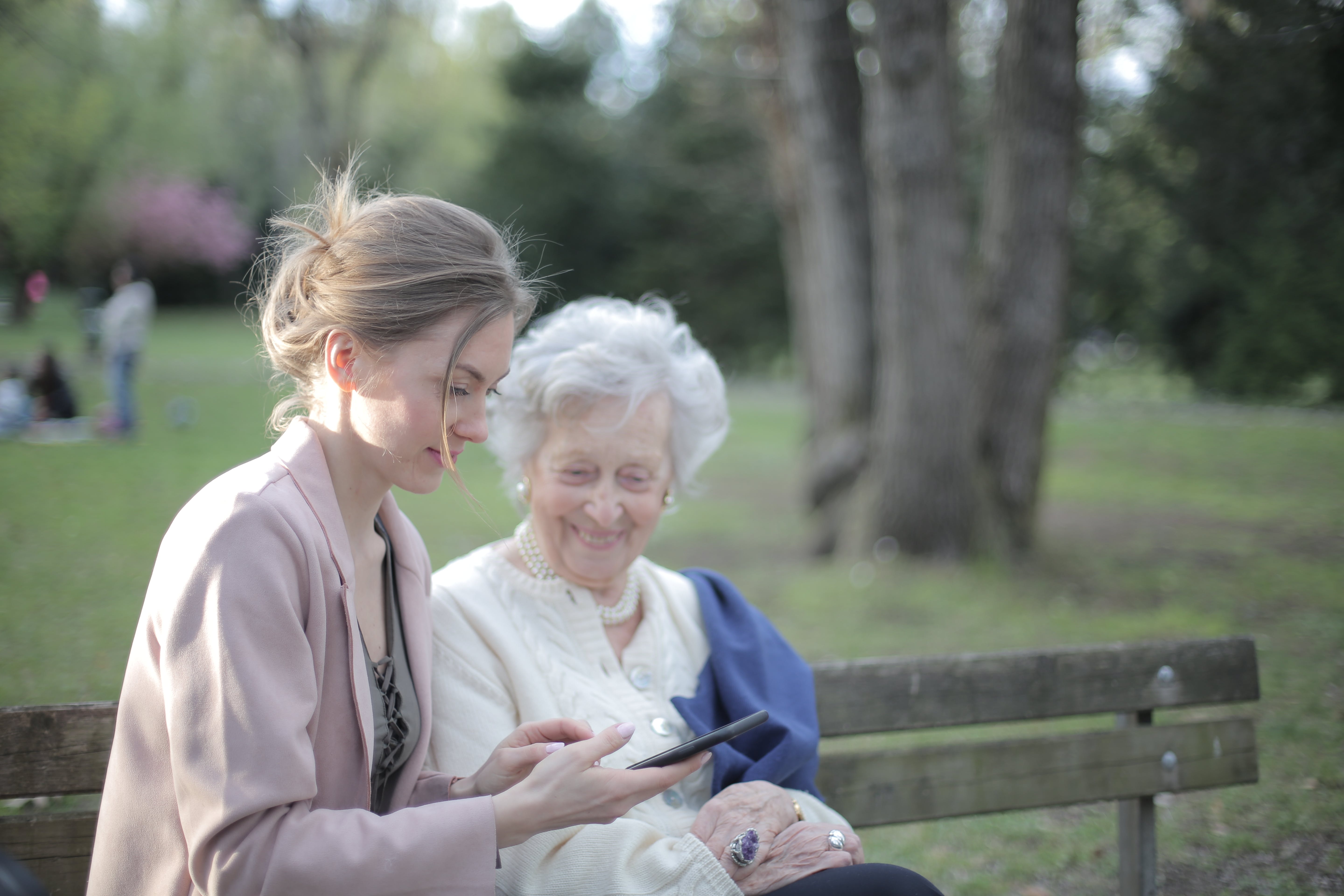Your older adult might see it as a waste of money, an insult to their abilities, or an invasion of privacy.
There are helpful tips on how to overcome this challenge and make in-home care for seniors more acceptable – even if your older adult initially said no.
1. Start slowly and allow time for them to get used to the idea
Your older adult might need time to adjust to the idea of having someone in their house.
To ease the transition, start off slowly. At first, have the aide only come a few hours each week and focus on less personal tasks.
Then, add hours and additional tasks as your older adult becomes more comfortable with the idea and that person.
2. Listen to your older adult’s fears and reasons they don’t want in-home care
Instead of shutting down objections right away, let your older adult express their feelings.
They’re more likely to cooperate when they’ve been heard and know that their opinion matters.
Understanding their concerns also helps you address those fears. Even better, involve them in the hiring process so they can help choose the person who will be caring for them.
3. Help them retain dignity by saying it’s for you, not them
If you present the idea of in-home care as something that helps you rather than them, seniors might be more receptive.
That way they’re less likely to feel that they’re losing independence or aren’t capable.
4. Use the doctor’s authority and say that it’s a prescribed service
Many older adults respect authority figures like doctors and may be more willing to accept home care if they think the doctor has prescribed it.
5. Use housekeeping needs as an excuse
Pretending that you need help with housekeeping and other chores is another way to ease an in-home caregiver into the house.
That makes it seem like it’s about your needs rather than theirs.
6. Pretend that it’s a free service
If your older adult isn’t directly paying for in-home care, you could pretend that it’s free.
That makes it more likely that they’ll be open to it since they’ll be taking advantage of a free service.
7. Introduce the caregiver as a friend
Another approach is to introduce the in-home caregiver as a friend of yours who needs some company.
That takes away the stigma of needing help and helps them trust the caregiver.
8. Tell them it’s a temporary arrangement
It may be more acceptable to start using in-home care if your older adult thinks it’s only temporary.
Once the in-home caregiver becomes a part of their routine and they adjust to the idea, it’ll be easier to continue using the services.
Superior Senior Home Care offers a complimentary consultation with an advisor to help you determine your loved one’s home care needs. To schedule your free consultation, call 805.430.8767 or contact us online.




